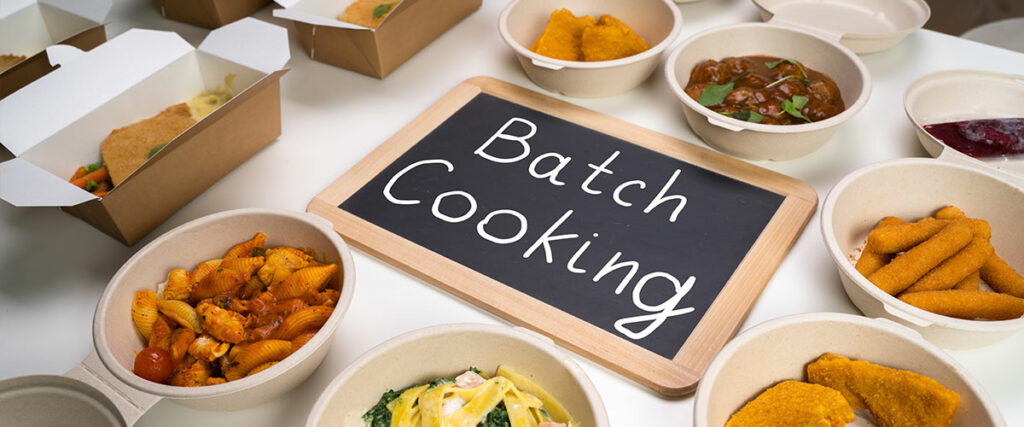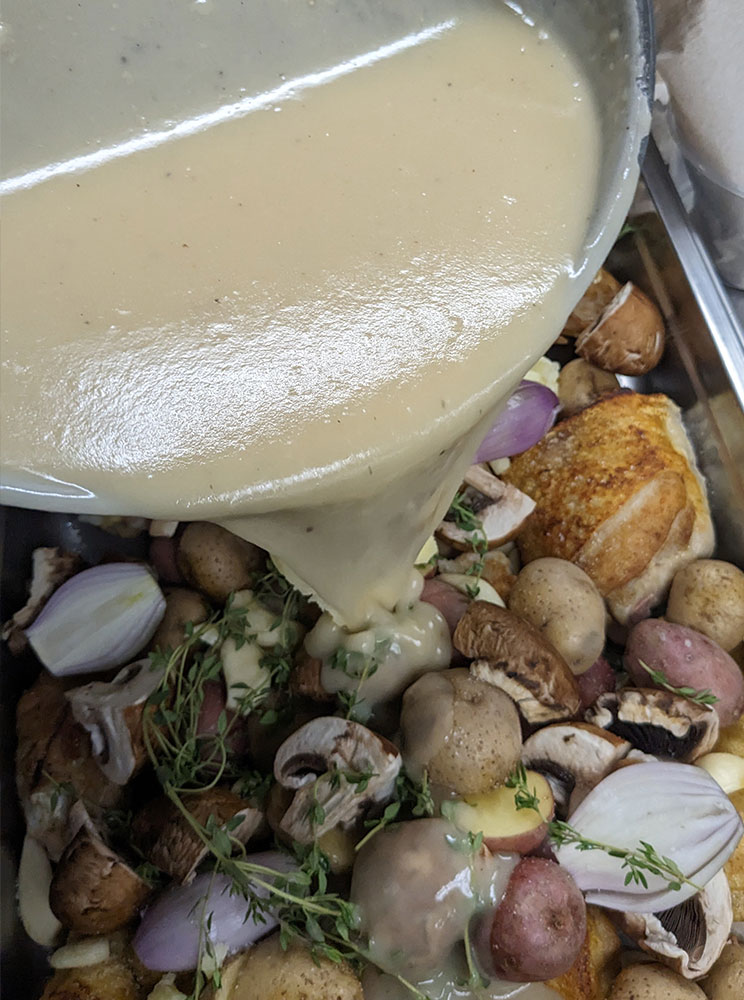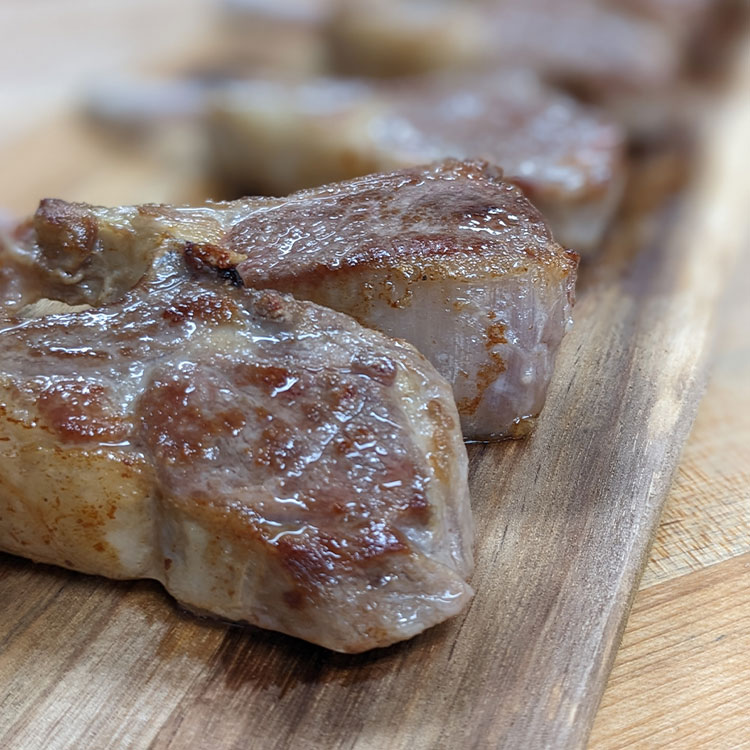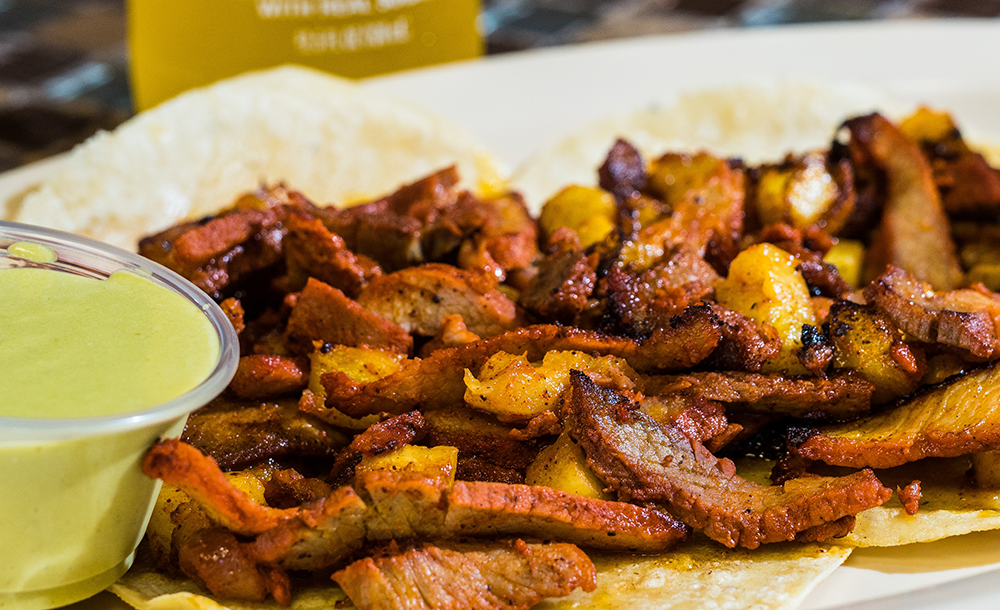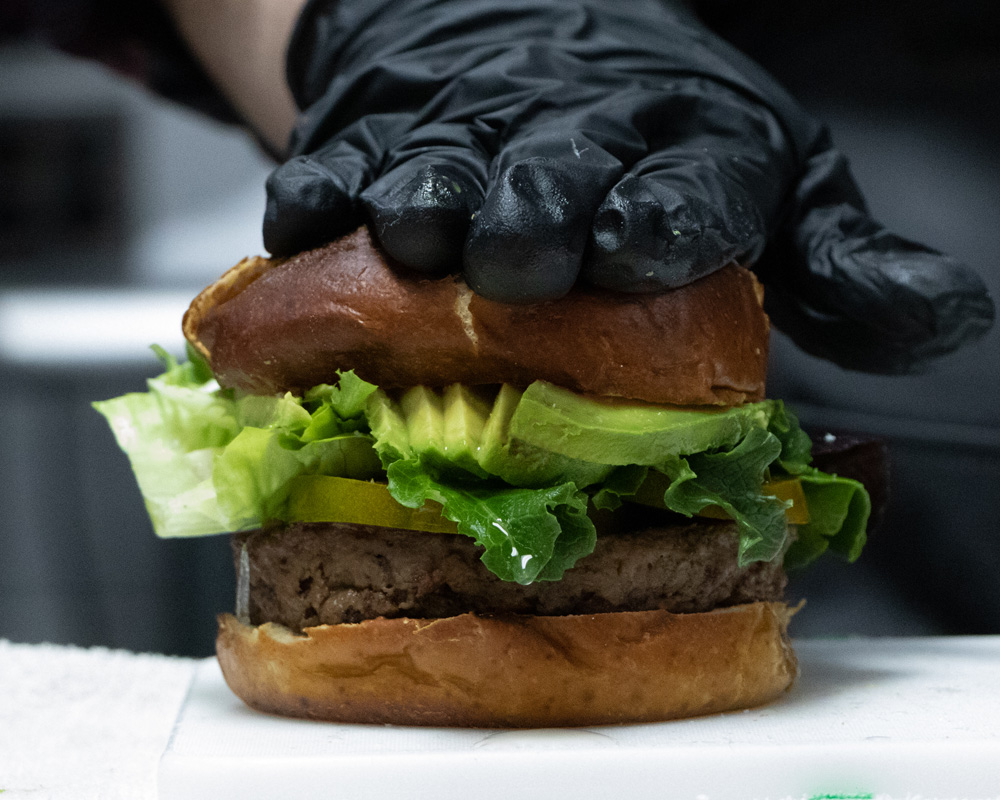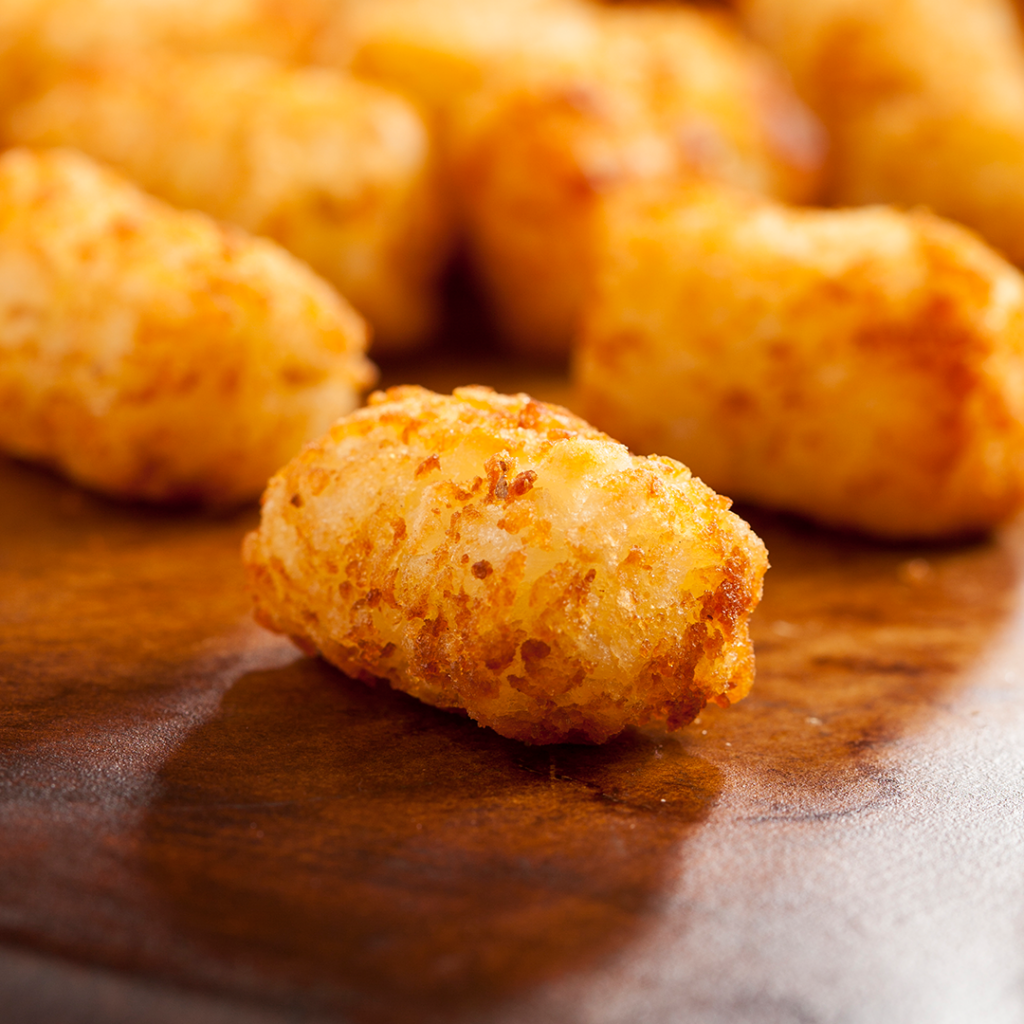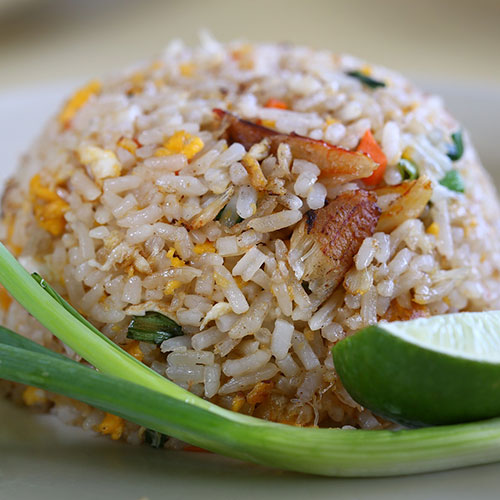CVap Recipe: Autumn is for Acorn Squash
Acorn squash are underappreciated autumn veggies. They’re often overlooked for flashier squash cousins like butternut or pumpkin. But let’s set the record straight; these …
CVap Recipe: Autumn is for Acorn Squash Read More »
